This is mostly known to everyone that a square root Function is required for Orifice Flow Transmitter as the relationship of flow versus pressure is not linear but has a square-root relationship.
But the next question is? where should you do this square-root function?
In Transmitter or DCS or both or none?
Note: we can do this square root function in two ways. one using the physical device called square-root extractor and this is an old method. Second is using the software configuration either in transmitter or in DCS. Here we are discussing the second method.
Interface issue between System and field instrument engineer
The first point of caution is the proper interface between the requisition (field) engineers and system engineers.
Sometimes the engineer purchasing transmitter assumes it will be done in DCS.
While the system engineer assumes it will be done in Transmitter.
And NOBODY does it.
Similarly, the converse is also true.
The Square-root extraction is done at both places, which again is incorrect.
In short, NOBODY doing it
Or EVERYBODY (Field as well DCS) doing it
Should be avoided.
It should be done in one place ONLY.
Next Question where should you prefer doing the extraction?
Well after having a discussion with a few dependable Vendors they suggest it should be done at the system side.
Reason:- Some Transmitter’s electronic computational capability is not superior as compared to System (DCS/SIS) side.
So it is advisable to give that task to the System side.
Please note this is just a recommendation as I have done projects where the client preferred having it done in Transmitter while I have also worked on projects where it was done on the System side.
But if it is not enforced by client you could do it at the system side.
Read: Square-Root Extractor Device
Display a Square-rooted output at field But Square-root extraction require in DCS?
The situation:- Suppose you want square-root extraction to be done in the System side, But the Transmitter in the field has display, so in the field when someone looks at the transmitter then he would not have a calculator to read the transmitter’s output and do the extraction manually.
So “We would need the transmitter to display the square-rooted output in the field as that is what is useful for someone looking at the display in field”
But we want the extraction to be done at the system end.
The solution:- This feature is available with various vendors but it should be properly communicated.
The following information must be passed on:-
1. The transmitter (Tx) will be blind or have a display
2. What range Tx should display example:- 0 to 100 lb/hr
3. Clearly indicate: The Extraction is to be done in the Control system side.
In order to display the “Square rooted output” the transmitter will do it locally just for display but won’t send the Square-root extracted signal to DCS. That task will be done by DCS.
Thanks for reading !!
I hope it’s been of value to you.
PS: This is as per the best of my current understanding.
Author: Asad Shaikh
Profile: Linkedin
If you liked this article, then please subscribe to our YouTube Channel for Instrumentation, Electrical, PLC, and SCADA video tutorials.
You can also follow us on Facebook and Twitter to receive daily updates.
Read Next:
- Integral Flow Orifice Assembly
- What is an Orifice Flange?
- Types of Orifice Tappings
- What are the different Orifice Plates?
- Turndown ratio of Orifice Plates
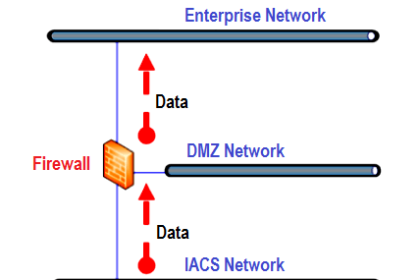
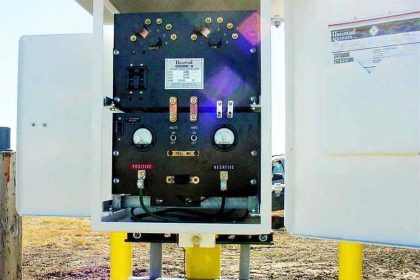
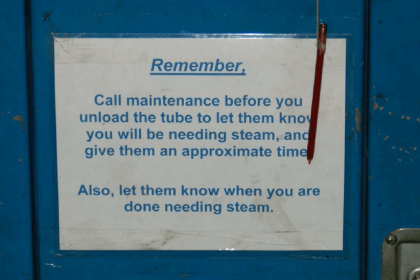
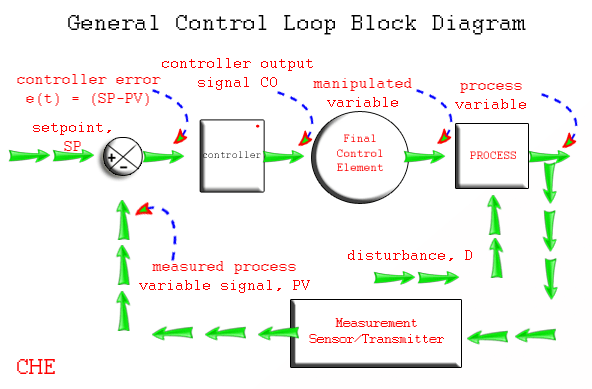
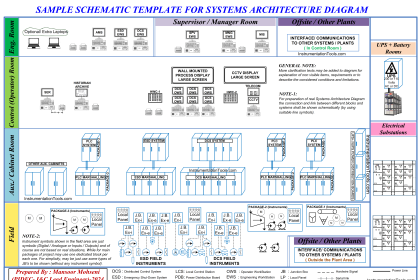
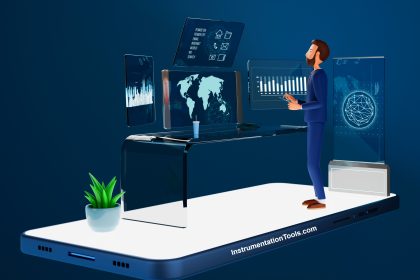

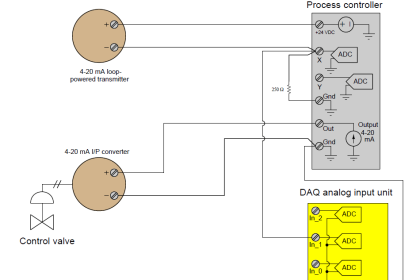
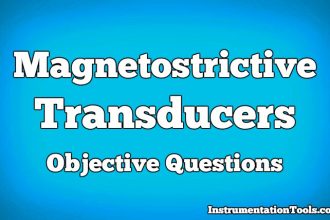

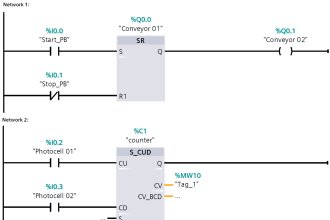

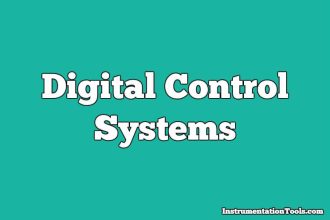
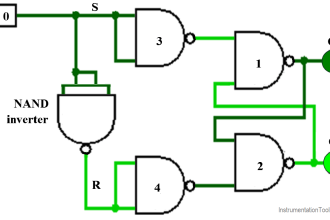
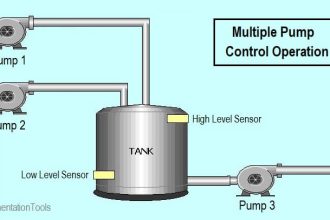
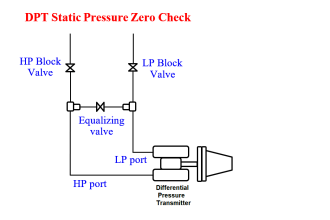

Do you Remember how works pneumatic relay? Really I didn’t understand this article.
Francisco.
Here we are discussing the square-root configuration in transmitter or DCS using software programming only.
Thanks Bharadwaj Reddy for this useful information.
Pls. I want to know the consequential effect if square root Function is done on both DCS and the transmitter.
orifice – dp type flow transmitter .the range is 0 – 3000t/h,dp range – 0 – 7438mmh20.five point Calibration tally with yokogawa DCS but when the transmitter output below 0.4% the reading not tally with DCS.the reading in DCS showing linear value.Above 0.4 % the square root value tally in DCS and Transmitter.
Note – TX output – linear,display – square root
DCS – SQ ROOT.
can you please clarify why?
1. Measure the loop current mA when output is below 0.4%
2. Connect HART and note-down the mA reading (analog output) in the display
3. The above two readings must match otherwise you may get some errors
Hello, you can also try this,
Transmitter output — Square root, Transmitter Display — Linear
DCS — Linear,
This will solve your problem